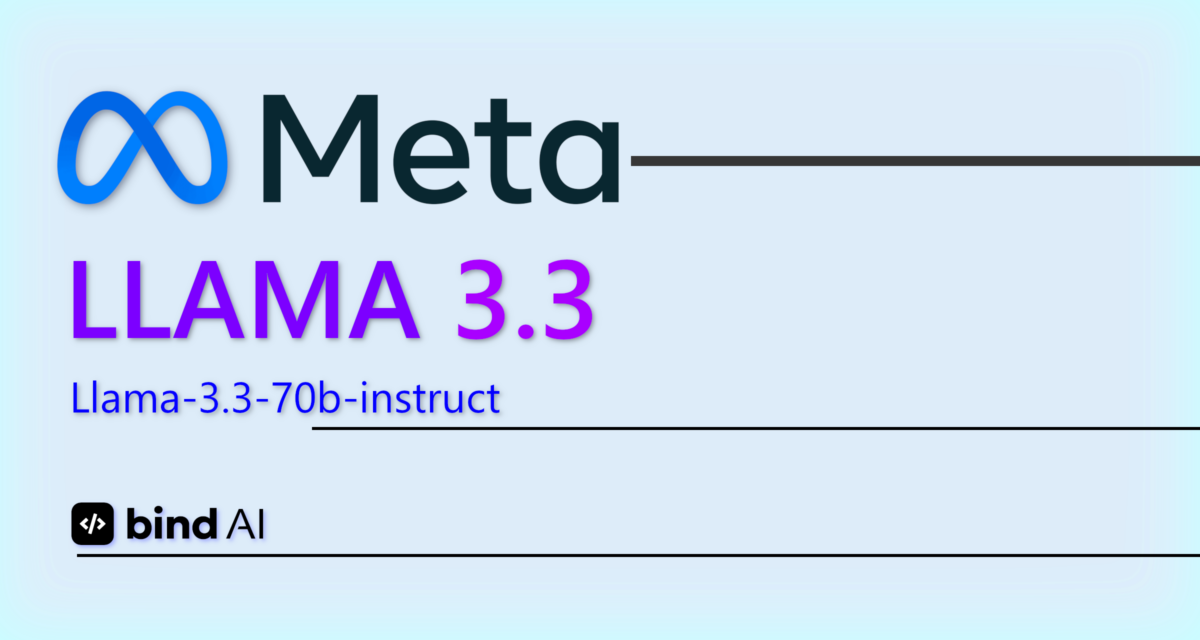Llama 3.3 70B vs GPT-4o – Which is better for coding? - Bind AI
Meta recently introduced the Llama 3.3 70B-instruct model. While not groundbreaking, it offers advantages over other LLM models, especially in terms of pricing. This model succeeds the Llama 3.2 released in November and continues the tradition of efficiency set by its predecessors.
Features of Llama 3.3 70B
The Llama 3.3-70b-instruct model utilizes 70 billion parameters to excel in instruction-based tasks. Optimized for text-only applications, it incorporates advanced techniques like Grouped-Query Attention (GQA) for enhanced scalability and efficiency during inference. Trained on a diverse dataset of over 15 trillion tokens, it boasts a broad knowledge base with a knowledge cut-off date of December 2023.
Comparison with GPT-4o
When pitting Llama 3.3 against GPT-4o, some interesting differences emerge. While GPT-4o outperforms Llama 3.3 in metrics like MMLU and multimodal understanding, the latter showcases near-parity in coding proficiency despite its smaller size and more efficient design.

Performance Benchmarks
A detailed comparison table between Llama 3.3-7B and GPT-4o reveals their strengths across reasoning, coding proficiency, and general knowledge. GPT-4o shines in various aspects, but Llama 3.3 stands out for its affordable pricing, making it a compelling choice for developers on a budget.
Real-World Applicability
Both Llama 3.3 and GPT-4o have their strengths in different areas. While GPT-4o excels in complex projects requiring extensive documentation, Llama 3.3's instruction-tuned architecture makes it ideal for multilingual tasks in diverse linguistic markets. Its ability to run on local hardware also makes it suitable for organizations with limited access to cloud infrastructure.




















